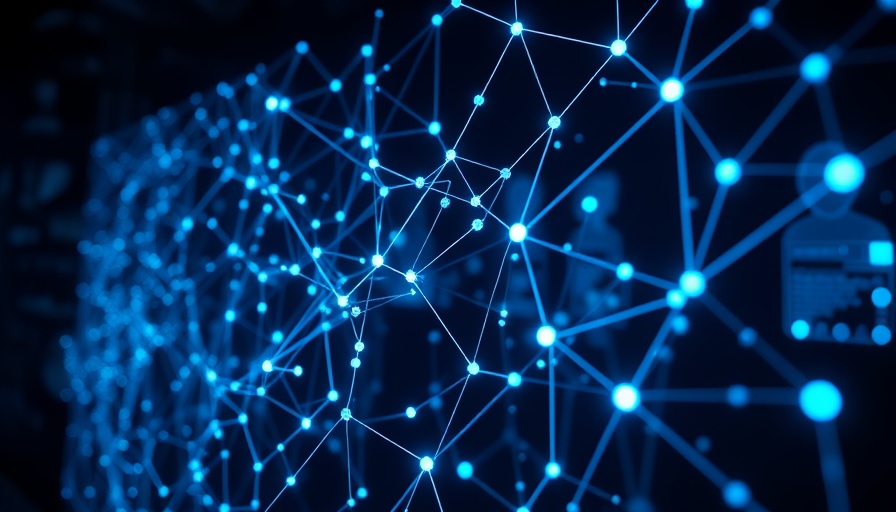
The Rise of Agentic AI: A Game Changer in Cybersecurity?
In an era where technology is evolving at a breakneck pace, agents in artificial intelligence (AI) are stepping into the spotlight. For the past two years, we've witnessed a surge in Generative AI (GenAI) applications—transformative tools that have captured the attention of millions worldwide. While many applications respond effectively in consumer spaces, businesses are still grappling with the integration of these advanced technologies. Enter agentic AI, a cutting-edge evolution that promises to redefine the landscape of cybersecurity.
Breaking Down Complex Tasks with Agentic Approaches
Agentic AI is essentially a team of AI agents, each equipped with the capabilities to address specific tasks. Unlike traditional models where a single AI is expected to tackle a comprehensive mission, the agentic approach delegates various sub-tasks to different agents. For instance, if tasked to write a piece of software, a typical approach would involve a single AI model generating the entire code. However, agentic AI dissects the project: one agent may handle coding, another might execute quality assurance, and yet a third could debug errors. This division of labor makes the process not only more efficient but also significantly enhances accuracy and reliability.
Implications for Cybersecurity
As the digital world becomes more intricately connected, the stakes for cybersecurity are rapidly escalating. Agentic AI presents a dual-edged sword. On one hand, attackers are leveraging Generative AI tools to streamline operations—from conducting reconnaissance to executing phishing attacks. The use of AI allows them to be more efficient in orchestrating attacks that exploit human errors or system vulnerabilities. However, what happens when agentic AI is deployed in the hands of these attackers?
Threat actors are increasingly experimenting with agentic capabilities, planning to automate their processes for efficiency, which could lead to the creation of autonomous attack agents capable of executing a full assault without human intervention. While this might take time—experts predict several years before these techniques become reliable—organizations must be prepared for an upswing in stealthy cyberattacks.
Preparing for the Future: Why Cyber Defenders Must Act Now
With the impending rise of agentic AI in the cyber battlefield, defenders need to act preemptively. Understanding the intricacies of agentic operations will be key. Cybersecurity teams must begin crafting strategies that anticipate the potential capabilities of hostile AI agent teams. The risks of relying sentimentally on human oversight in the face of autonomous threats pose significant challenges.
Diverse Perspectives on AI’s Evolving Role
While the idea of replacing broad human oversight with automated agents can be daunting, it’s also essential for organizations to consider how agentic AI can benefit their defense strategies. The same technology can be harnessed for threat hunting or incident response. By employing agentic AI, organizations have the capacity to anticipate attacks, automate mundane tasks, and focus valuable resources on strategic defense initiatives.
Conclusion: The Time for Action is Now
The emergence of agentic AI in cybersecurity heralds both opportunities and threats. The dual-use nature of this technology means that organizations must prepare not only to defend against malicious agents but also to consider how they can leverage agentic AI for their own gains. Reflecting on this, cyber defenders should not wait for the shift to occur; proactive measures must be undertaken now to develop robust defenses capable of countering the sophisticated assaults on the horizon.
As we embark on this new chapter in cybersecurity, remaining vigilant is indispensable. The evolution of AI—specifically agentic AI—encourages a reevaluation of existing paradigms, pushing us closer to a future where precaution is the priority.
 Add Row
Add Row  Add
Add 




 Add Row
Add Row  Add
Add 

Write A Comment